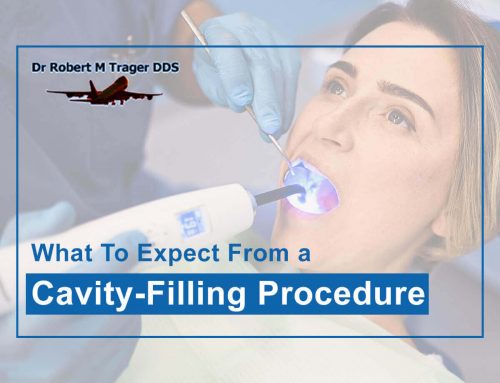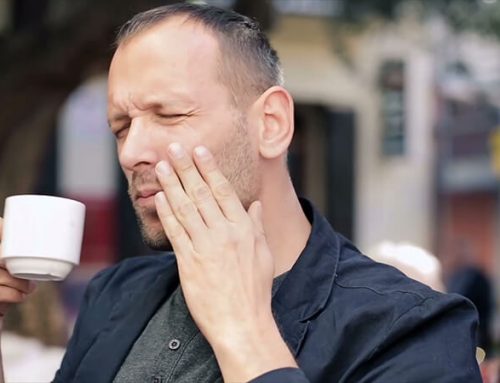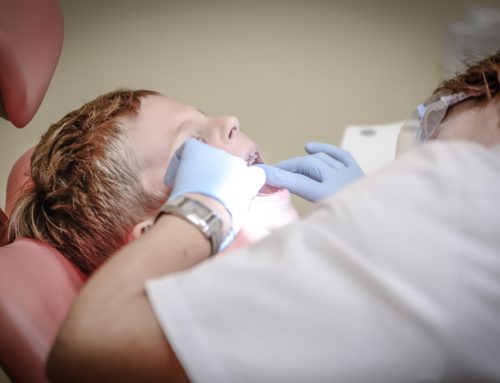What Can Dentists Do For Receding Gums?
You love your smile – but when you look in the mirror, you notice something that that makes you frown. Your gums are receding. Your teeth may feel extra sensitive and it may hurt to drink certain fluids.There are pockets that are forming between your tooth and your gum line. That’s not good since that can allow bacteria to form, which can put you on a path to gum disease. There are multiple causes, ranging from hormone changes to genetics to over-aggressive brushing to not enough brushing and flossing. All is not lost though. Dentists can do some things to reverse the process. There are also some “cures” that are being posted online – ignore those and only focus on what the professionals are using.
Deep Cleaning
This is more than just a regular cleaning where – the dentist will go into even more in-depth when he or she scrapes away tartar and plaque that has built up in the area and then they smooth the root area over. This is also known as scaling and root planing. This could solve the problem for many patients, but if not, there’s the next step.
Open Flap Scaling and Root Planing
The next procedure in the efforts to stop this problem is open flap scaling and root planing. This time, the dentist/periodontist takes the extra step to lift the flap of the gum and thoroughly clean the area before putting the flap back down, making sure to eliminate any space between the teeth and the gums. Either a dentist or periodontist can perform this surgery. The root area is smoothed over, again.
Regeneration
Sometimes there’s not enough bone left in your tooth left to be able to do either of the options above. Perhaps you waited too long to get an appointment to have your teeth checked out. .Still, all is not lost. Your dentist can help you regenerate gum tissue – your gum is folded back, like before, and then regenerative material, like graft tissues or membranes are inserted. The dentist then folds the gum tissue over it.
Soft-Tissue Graft
If all of the above don’t work, there’s the option for a soft-tissue graft. Most often, the dentist will remove a flap from the top of your mouth and graft it to the problem area(s), and then, as is the case with the other procedures, the flap between the tooth and the gum is closed and the healing process begins. This is one of several graft methods that are available, including free gingival, connective tissue, and pedicle.
Whatever it is that you need for your gums, whatever their state, Dr. Robert Trager DDS, aka the JFK Dentist, and his great staff will do to restore your mouth to the spectacular state that it should be. If you feel that you need help, please come see him for a visit and he’ll take a look at your teeth and tell you the best course of action. You’ll wind up with the best smile possible!






